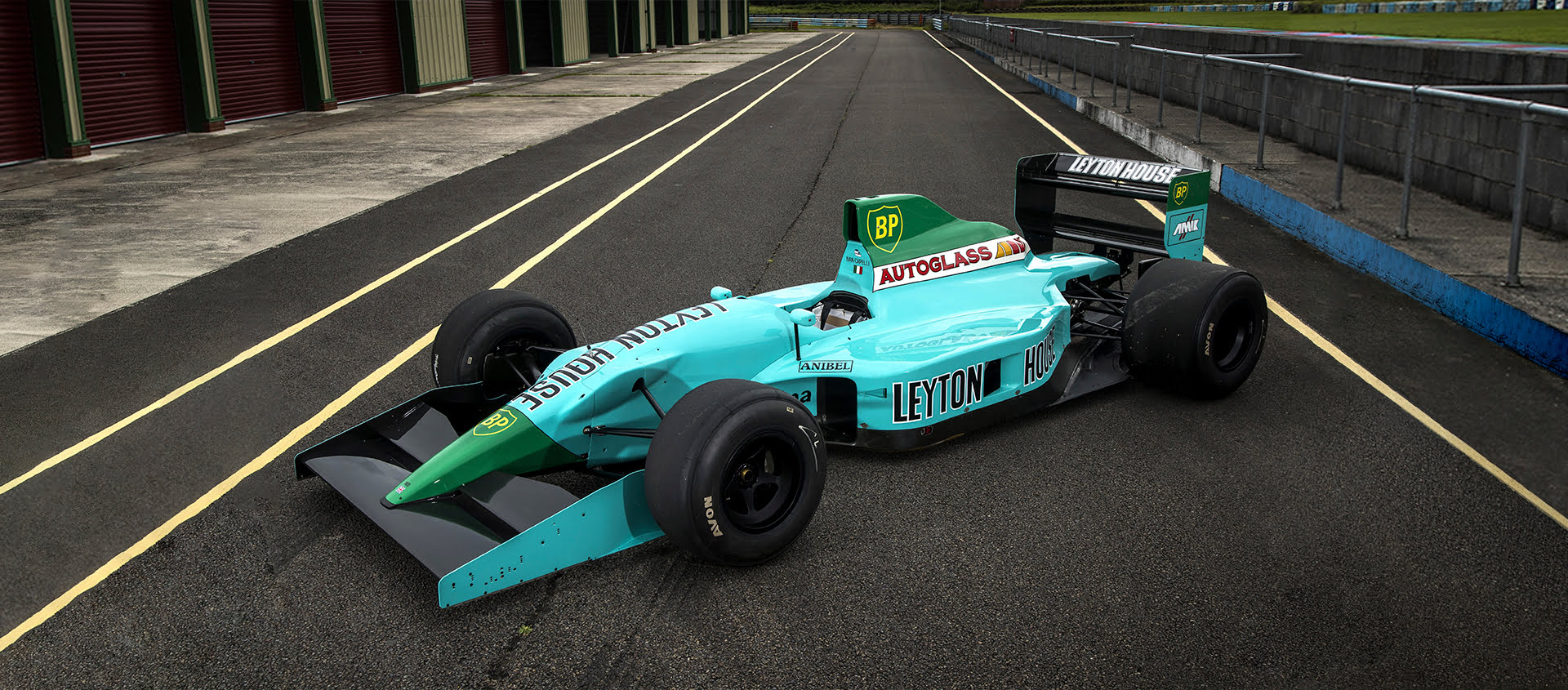Forgotten Legends Cadillac “Le Monstre”
29 October 2022 3 min read 7 images

The French nicknamed this car “Le Monstre” and it’s hard to blame them!
Register to unlock this article
Signing up is free and gives you access to hundreds of articles and additional benefits. See what’s included in your free membership. See what's included in your free membership.
Already have an account? Log In


